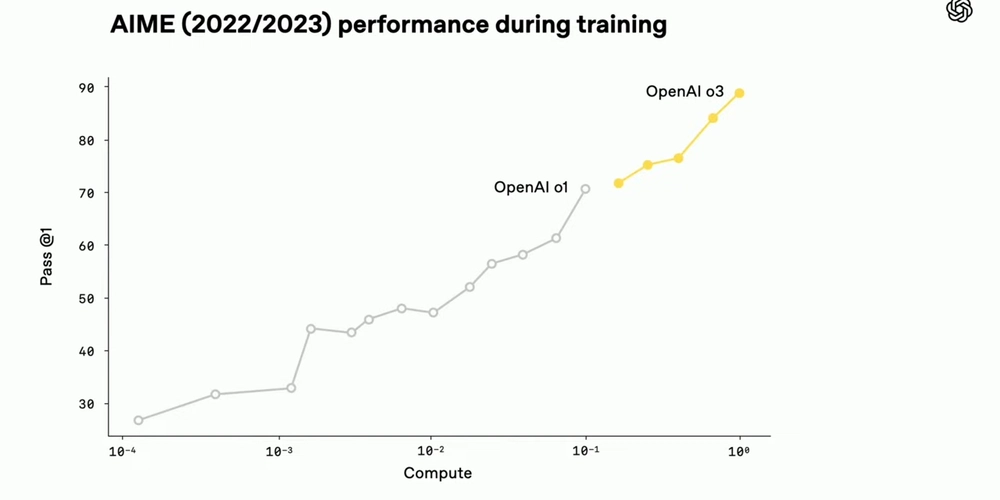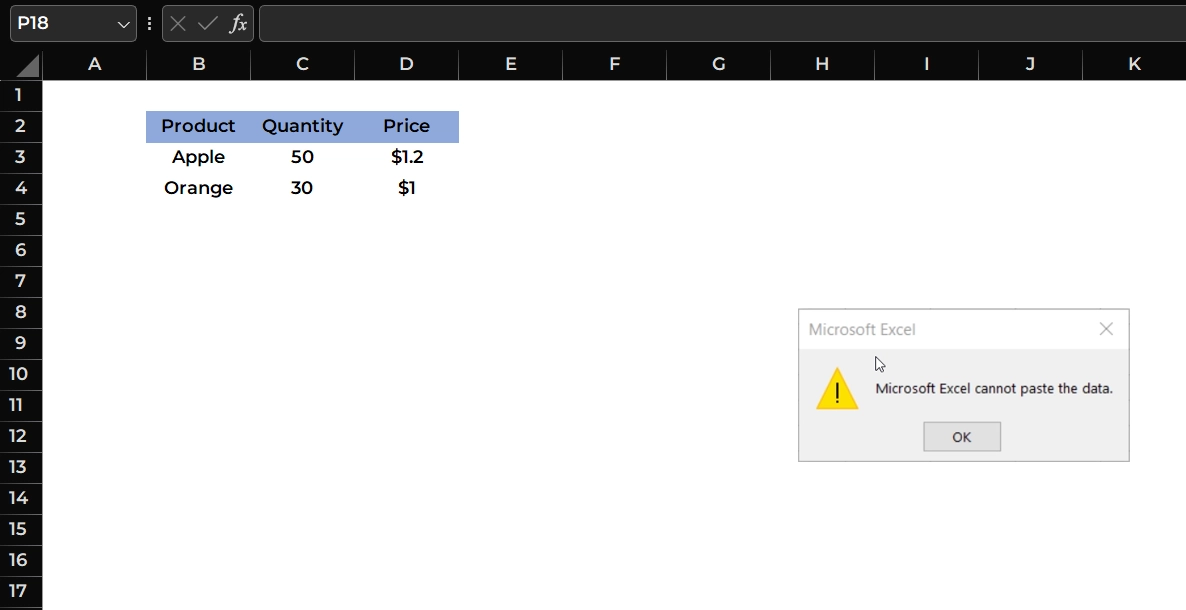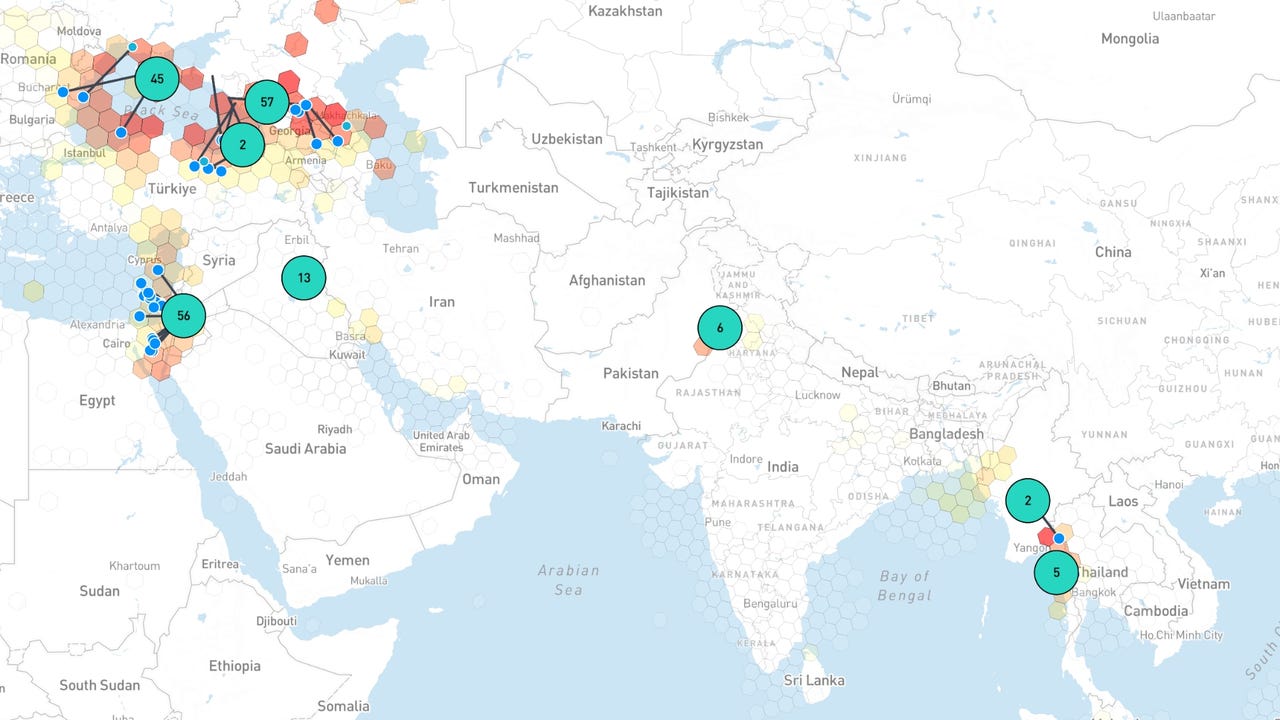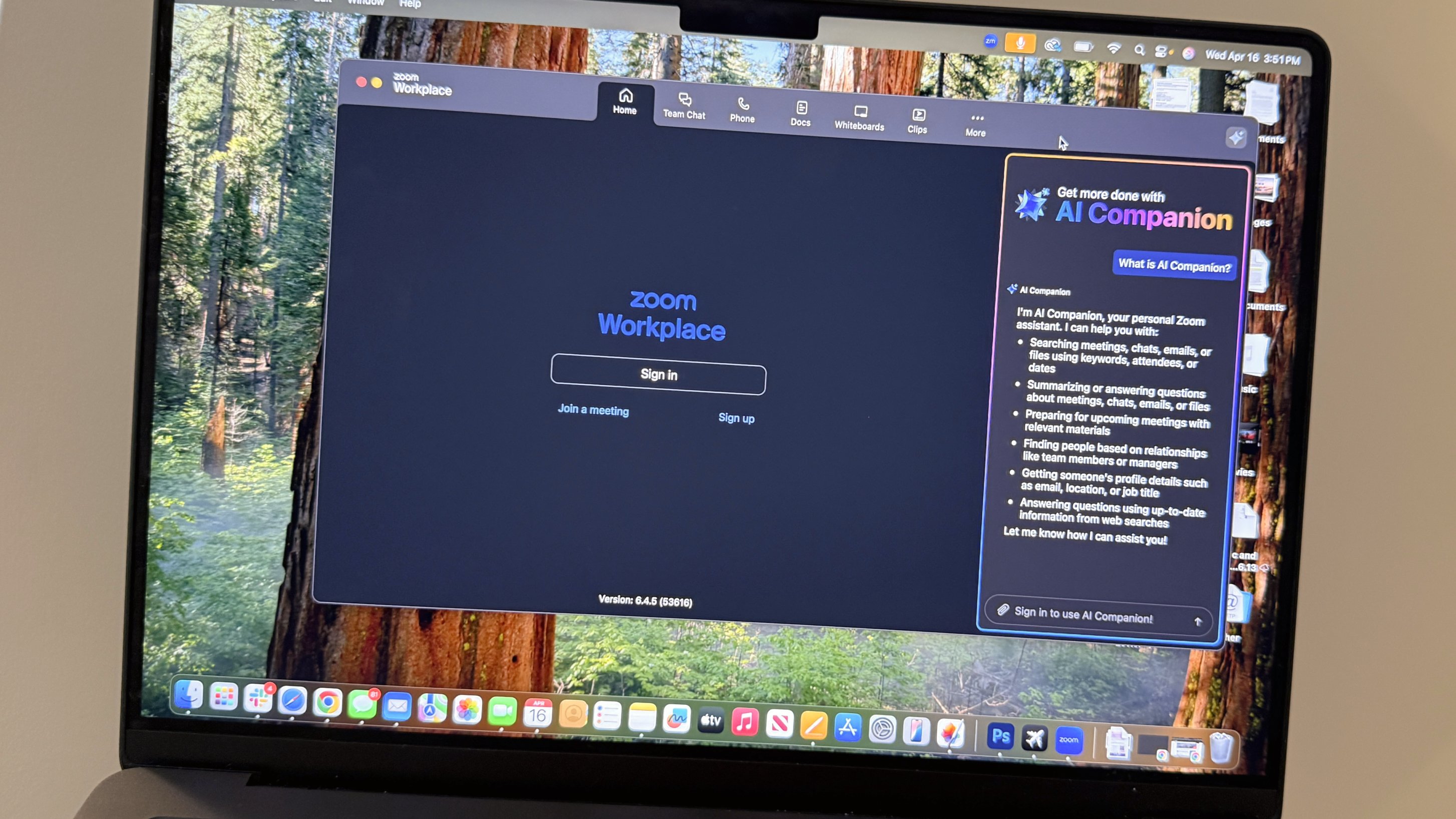Grafana K6: Load testing for awareness of your infrastructure
The versatile open-source tool for robust load testing. Learn how to stress-test your systems and build scalable applications that can handle real-world traffic demands. What is Grafana K6? Grafana K6 is a modern load-testing tool that allows developers and QA engineers to test the reliability and performance of their systems. It's designed to catch performance regressions and problems early in the development cycle, helping teams build applications that can scale effectively. Key Features: Minimal Resource Consumption: Optimized for running high-load tests efficiently. JavaScript-based Scripting: Uses ES6 modules, allowing for modular and reusable test scripts. Flexible Configuration: Supports various load patterns and test scenarios. Extensible: Can be integrated with other tools and platforms for comprehensive testing and monitoring. Getting Started with K6 Installation For macOS users, K6 can be easily installed. (Note: Installation instructions for other operating systems can be found on the official K6 documentation.) Understanding K6 Terminology VUs (Virtual Users): Simulated users generating traffic in your tests. More VUs generally mean more simulated traffic. K6 runs multiple iterations in parallel using virtual users. Each VU is essentially a while(true) loop, executing your test script repeatedly for the duration of the test. K6 Test Lifecycle A typical K6 test goes through several stages: Initialization: Setting up test configuration and resources. Setup: Preparing the test environment (optional). Execution: Running the actual test scenarios. Teardown: Cleaning up after the test (optional). Types of Load Tests with K6 K6 supports various types of load tests, each designed to assess different aspects of your system's performance: 1. Average-Load Testing Purpose: To understand if your system meets performance goals under normal conditions. When to use: Determine the average workload your system can handle Verify performance standards after system changes Example Configuration: export const options = { stages: [ { duration: '5m', target: 100 }, // Ramp-up { duration: '30m', target: 100 }, // Sustain { duration: '5m', target: 0 }, // Ramp-down ], }; Example result: 2. Stress Testing Purpose: Assess system performance under heavier-than-usual loads. When to use: After running average-load tests To verify stability during peak usage periods (e.g., holidays, special events) Example Configuration: export const options = { stages: [ { duration: '10m', target: 200 }, // Ramp-up { duration: '30m', target: 200 }, // Sustain { duration: '5m', target: 0 }, // Ramp-down ], }; Tip: Reuse your average-load test script, but increase the load or VU count. 3. Soak Testing Purpose: Check for performance degradation over extended periods. Considerations: Longer duration (e.g., 3, 8, 24, or even 72 hours) Monitor backend resources (RAM, CPU, Network, cloud resource growth) Example Configuration: export const options = { stages: [ { duration: '5m', target: 100 }, // Ramp-up { duration: '8h', target: 100 }, // Sustain { duration: '5m', target: 0 }, // Ramp-down ], }; 4. Spike Testing Purpose: Simulate sudden, massive increases in traffic. Characteristics: Rapid increase to extremely high loads Brief or no plateau period Fast ramp-down Example Configuration: export const options = { stages: [ { duration: '2m', target: 2000 }, // fast ramp-up to a high point // No plateau { duration: '1m', target: 0 }, // quick ramp-down to 0 users ], }; Considerations: Tests may not be completed due to system overload Useful for assessing recovery times and behavior during critical overloads Best Practices and Tips Use Tags: Group metrics for dynamic URLs to improve analysis. Combine Criteria: Utilize Checks and Thresholds for comprehensive testing. Choose the Right Load Model: Decide between modeling load by VU count or iterations per second. Keep it Simple: Stick to straightforward load patterns (ramp-up, plateau, ramp-down) for clear results. Diversify Your Tests: No single test type eliminates all risks, so use a combination of testing methods. Conclusion Grafana K6 is a versatile and powerful tool for load-testing modern applications. By incorporating various testing methods – from average-load to spike testing – you can ensure your systems are robust, scalable, and ready to handle real-world traffic patterns. Remember, the key to effective load testing is not just running the tests but also analyzing the results and continuously improving your system based on those insights. Start integrating K6 into your development and QA processes today, and take a significant step towards building more resilient and performant applicat

The versatile open-source tool for robust load testing. Learn how to stress-test your systems and build scalable applications that can handle real-world traffic demands.
What is Grafana K6?
Grafana K6 is a modern load-testing tool that allows developers and QA engineers to test the reliability and performance of their systems. It's designed to catch performance regressions and problems early in the development cycle, helping teams build applications that can scale effectively.
Key Features:
- Minimal Resource Consumption: Optimized for running high-load tests efficiently.
- JavaScript-based Scripting: Uses ES6 modules, allowing for modular and reusable test scripts.
- Flexible Configuration: Supports various load patterns and test scenarios.
- Extensible: Can be integrated with other tools and platforms for comprehensive testing and monitoring.
Getting Started with K6
Installation
For macOS users, K6 can be easily installed. (Note: Installation instructions for other operating systems can be found on the official K6 documentation.)
Understanding K6 Terminology
- VUs (Virtual Users): Simulated users generating traffic in your tests. More VUs generally mean more simulated traffic.
K6 runs multiple iterations in parallel using virtual users. Each VU is essentially a while(true) loop, executing your test script repeatedly for the duration of the test.
K6 Test Lifecycle
A typical K6 test goes through several stages:
- Initialization: Setting up test configuration and resources.
- Setup: Preparing the test environment (optional).
- Execution: Running the actual test scenarios.
- Teardown: Cleaning up after the test (optional).
Types of Load Tests with K6
K6 supports various types of load tests, each designed to assess different aspects of your system's performance:
1. Average-Load Testing
Purpose: To understand if your system meets performance goals under normal conditions.
When to use:
- Determine the average workload your system can handle
- Verify performance standards after system changes
Example Configuration:
export const options = {
stages: [
{ duration: '5m', target: 100 }, // Ramp-up
{ duration: '30m', target: 100 }, // Sustain
{ duration: '5m', target: 0 }, // Ramp-down
],
};
Example result:
2. Stress Testing
Purpose: Assess system performance under heavier-than-usual loads.
When to use:
- After running average-load tests
- To verify stability during peak usage periods (e.g., holidays, special events)
Example Configuration:
export const options = {
stages: [
{ duration: '10m', target: 200 }, // Ramp-up
{ duration: '30m', target: 200 }, // Sustain
{ duration: '5m', target: 0 }, // Ramp-down
],
};
Tip: Reuse your average-load test script, but increase the load or VU count.
3. Soak Testing
Purpose: Check for performance degradation over extended periods.
Considerations:
- Longer duration (e.g., 3, 8, 24, or even 72 hours)
- Monitor backend resources (RAM, CPU, Network, cloud resource growth)
Example Configuration:
export const options = {
stages: [
{ duration: '5m', target: 100 }, // Ramp-up
{ duration: '8h', target: 100 }, // Sustain
{ duration: '5m', target: 0 }, // Ramp-down
],
};
4. Spike Testing
Purpose: Simulate sudden, massive increases in traffic.
Characteristics:
- Rapid increase to extremely high loads
- Brief or no plateau period
- Fast ramp-down
Example Configuration:
export const options = {
stages: [
{ duration: '2m', target: 2000 }, // fast ramp-up to a high point
// No plateau
{ duration: '1m', target: 0 }, // quick ramp-down to 0 users
],
};
Considerations:
- Tests may not be completed due to system overload
- Useful for assessing recovery times and behavior during critical overloads
Best Practices and Tips
- Use Tags: Group metrics for dynamic URLs to improve analysis.
- Combine Criteria: Utilize Checks and Thresholds for comprehensive testing.
- Choose the Right Load Model: Decide between modeling load by VU count or iterations per second.
- Keep it Simple: Stick to straightforward load patterns (ramp-up, plateau, ramp-down) for clear results.
- Diversify Your Tests: No single test type eliminates all risks, so use a combination of testing methods.
Conclusion
Grafana K6 is a versatile and powerful tool for load-testing modern applications. By incorporating various testing methods – from average-load to spike testing – you can ensure your systems are robust, scalable, and ready to handle real-world traffic patterns. Remember, the key to effective load testing is not just running the tests but also analyzing the results and continuously improving your system based on those insights.
Start integrating K6 into your development and QA processes today, and take a significant step towards building more resilient and performant applications.








































































































































































![[The AI Show Episode 144]: ChatGPT’s New Memory, Shopify CEO’s Leaked “AI First” Memo, Google Cloud Next Releases, o3 and o4-mini Coming Soon & Llama 4’s Rocky Launch](https://www.marketingaiinstitute.com/hubfs/ep%20144%20cover.png)




































































































































































































![GrandChase tier list of the best characters available [April 2025]](https://media.pocketgamer.com/artwork/na-33057-1637756796/grandchase-ios-android-3rd-anniversary.jpg?#)










































.png?width=1920&height=1920&fit=bounds&quality=70&format=jpg&auto=webp#)

































































































































![Apple M4 13-inch iPad Pro On Sale for $200 Off [Deal]](https://www.iclarified.com/images/news/97056/97056/97056-640.jpg)
![Apple Shares New 'Mac Does That' Ads for MacBook Pro [Video]](https://www.iclarified.com/images/news/97055/97055/97055-640.jpg)






































































































































